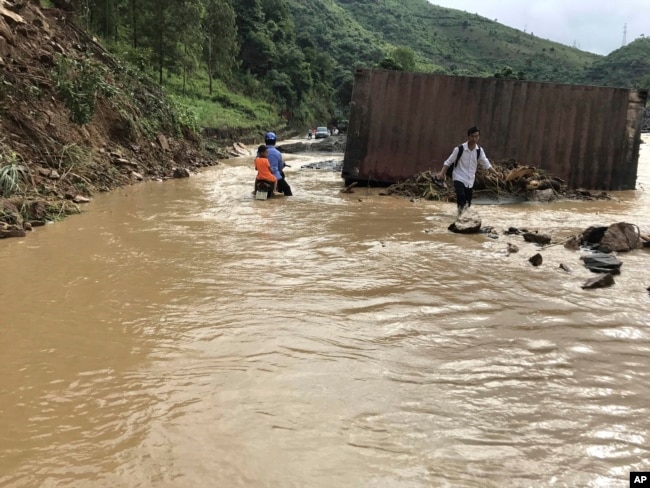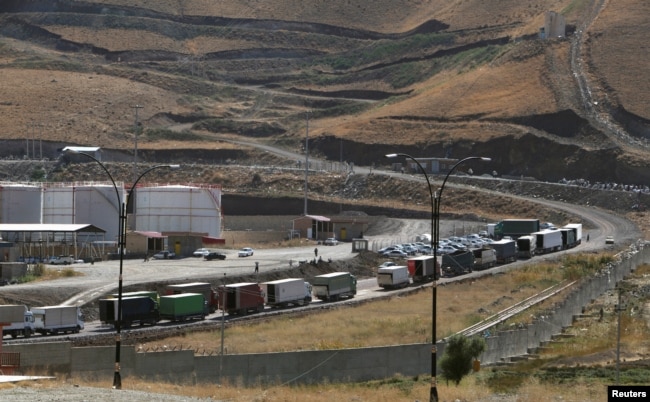Astrostar
Diamond Member
- Jul 21, 2017
- 2,938
- 3,841
- 1,940
CNN is reporting that with Syria asking to join the Paris Accord, that leaves the U.S. as the only country in the world that is not a member.
Why? Well, that one is simple. It's because the U.S. is the dumbest country in the world. The U.S. is so stupid that it can't see what's right in front of it's face, that the world's climate is changing for the worse, and man is responsible. The dumbness starts with the leaders of the U.S. and extends to it's citizens. The country, on climate change, by ignoring science and common sense, has proven itself to be ignorant beyond the pale.
Bigly!
Why? Well, that one is simple. It's because the U.S. is the dumbest country in the world. The U.S. is so stupid that it can't see what's right in front of it's face, that the world's climate is changing for the worse, and man is responsible. The dumbness starts with the leaders of the U.S. and extends to it's citizens. The country, on climate change, by ignoring science and common sense, has proven itself to be ignorant beyond the pale.
Bigly!






